Intel 10th Gen Core i5-10500 Processor
Intel UHD Graphics 630
graphics are included with this i5-10500 processor. This new 10th-generation Comet Lake microarchitecture is built on a 14nm technology and has six cores but no HyperThreading. This intel 10th gen core i5-10500 is compatible with any Intel 400-series
motherboard because it has been updated to the newest BIOS revision. With this in mind, all of the main motherboard makers have begun rolling out BIOS updates for their 400-series models. These
processors also allow 64-bit computing on Intel architecture, but they require a BIOS that supports Intel 64 architecture.
Core Benefits of the Processor
Intel 10th Generation Core i5-10500 Processor having the base frequency of 3.10 GHz that can be reached as max turbo frequency at 4.50 GHz. It has the Smart Cache of 12 MB containing 6 cores and 12 threads. With the bus speed of 8 GT/s DMI3, it has thermal design power (TDP) rating of 65W. This latest microchip has few expansion options such 3.0 PCI express revision having configured up to 1×16, 2×8, 1×8+2×4, and maximum 16 lanes. Considering the
memory this processor has dual-channel of max 128GB of the size that supports up to DDR4-2666 bus speed.
Intel Core i5-10500 Price in Bangladesh 2023
Intel Core i5-10500 price in Bangladesh is ৳ 19,400. This Intel Core i5-10500 10th generation processor has a base frequency of 3.10 GHz and a maximum turbo frequency of 4.50 GHz. With the bus speed of 8 GT/s DMI3, maximum 128GB memory size, 2 channel memory, 2 MB Intel cache. This new microchip has a small range of expansion options, including a 3.0 PCI express revision with up to 1x16, 2x8, 1x8+2x4, and a maximum of 16 lanes.
Intel Core i5-10500 Review:
We tested the Core i5-10500 with all its power limits disabled, listed as the blue “Max Turbo” bar in our charts. If the CPU is truly limited in performance by PL1 or PL2, this test can uncover it. The results show that only a few benchmarks are affected, mostly rendering, with no change in gaming performance. Overall, this comes down to a 1% difference in applications, not enough to worry about. Should you plan on using the integrated graphics, however, this difference could become bigger. The power limits apply to the whole CPU, so not just to the six-core x86 number crunching circuitry, but also the integrated graphics. If a highly demanding graphics application is running, the GPU can consume up to 20 W, which means there’s only 45 W left for the CPU cores. Power management will automatically clock down the CPU or GPU, or both, to stay within TDP, so increasing PL1 by a bit can be worth it. This method works on all
motherboards, not only Z490.
What really surprises me is that Intel did not include Turbo Boost Max 3.0 or Thermal Velocity Boost on the Core i5-10500. Turbo Boost Max 3.0 is reserved for the
Core i7-10700 series and
Core i9-10900 series, and TVB only for the Core i9-10900 series. Yet again we see the typical Intel segmentation pattern here—AMD does the opposite as all their CPUs have all the features, and those little things add up. I have no idea why Intel would not include their two most advanced turbo modes on the Core i5-10500; it wouldn’t have cost them anything, yet provides free performance.

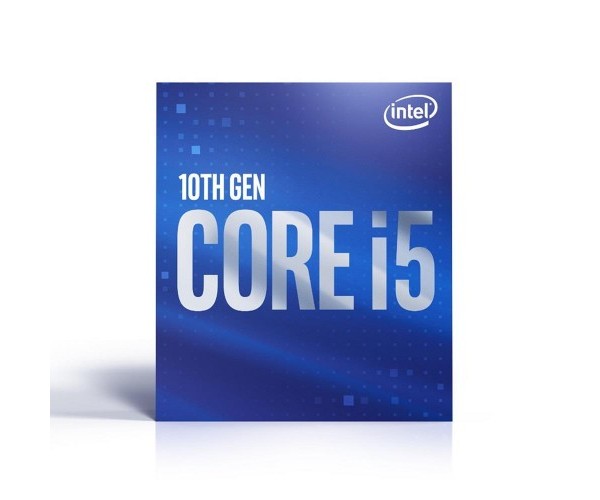




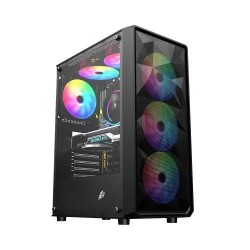





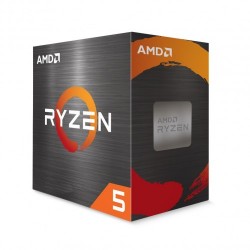


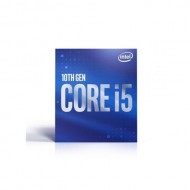



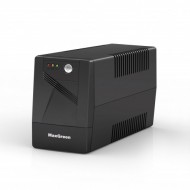
-500x500w-190x190.jpg)